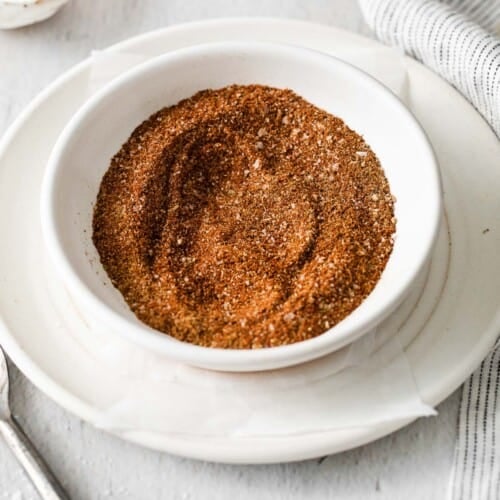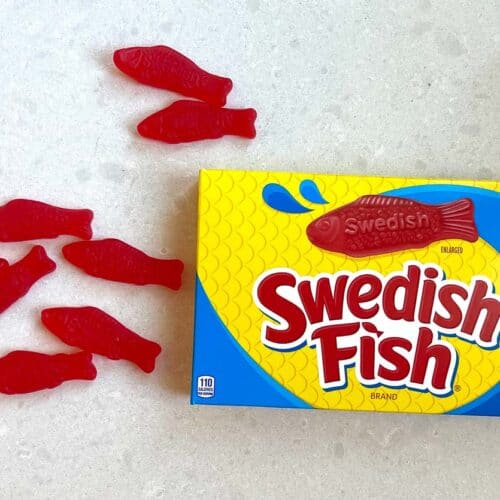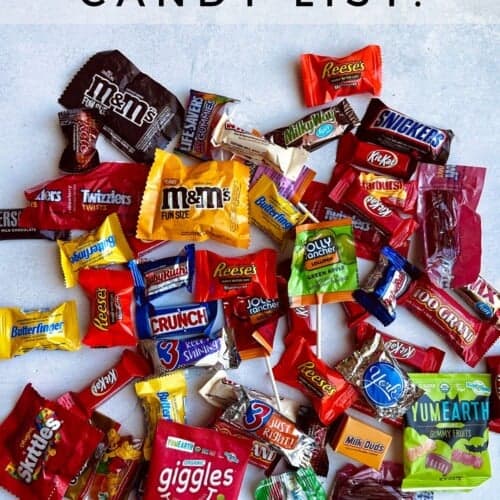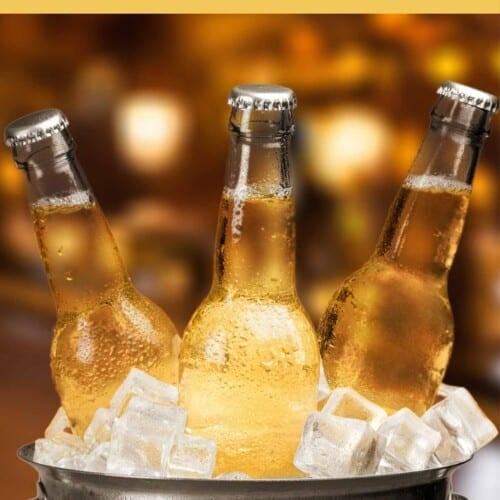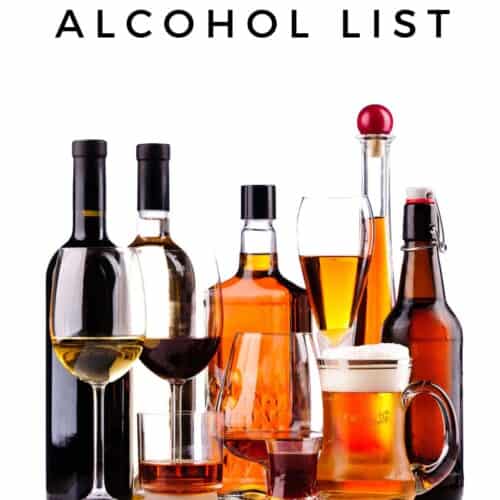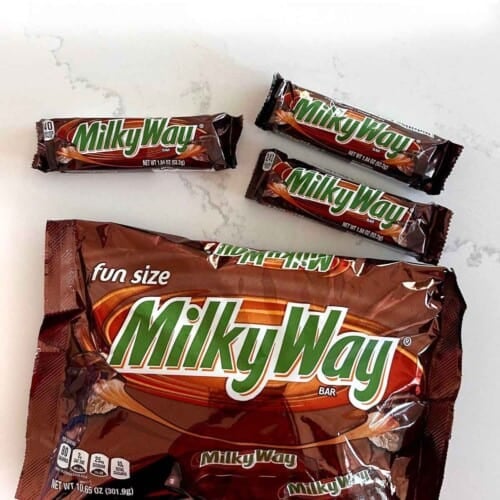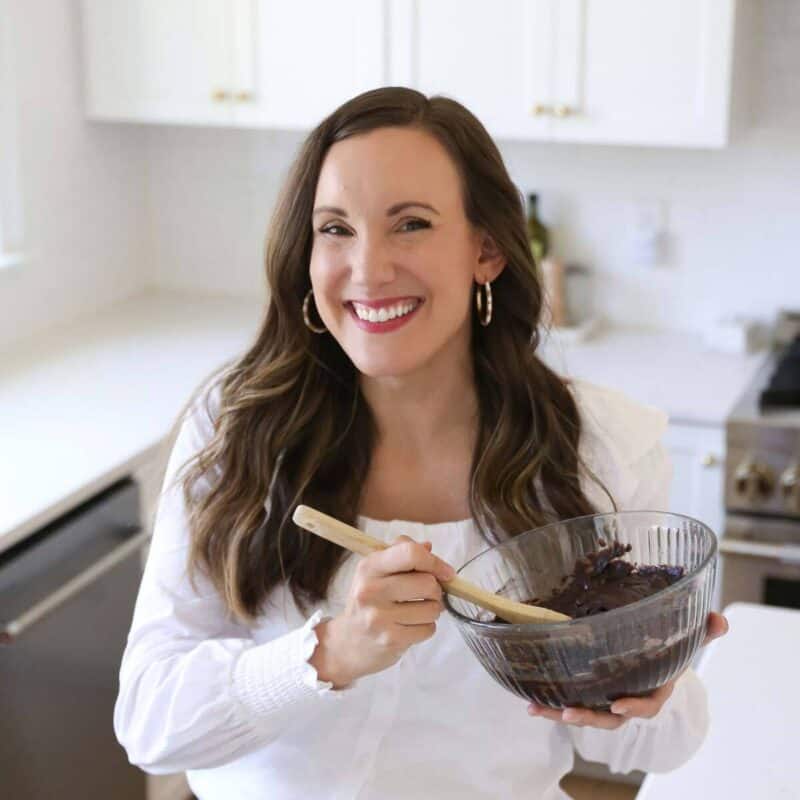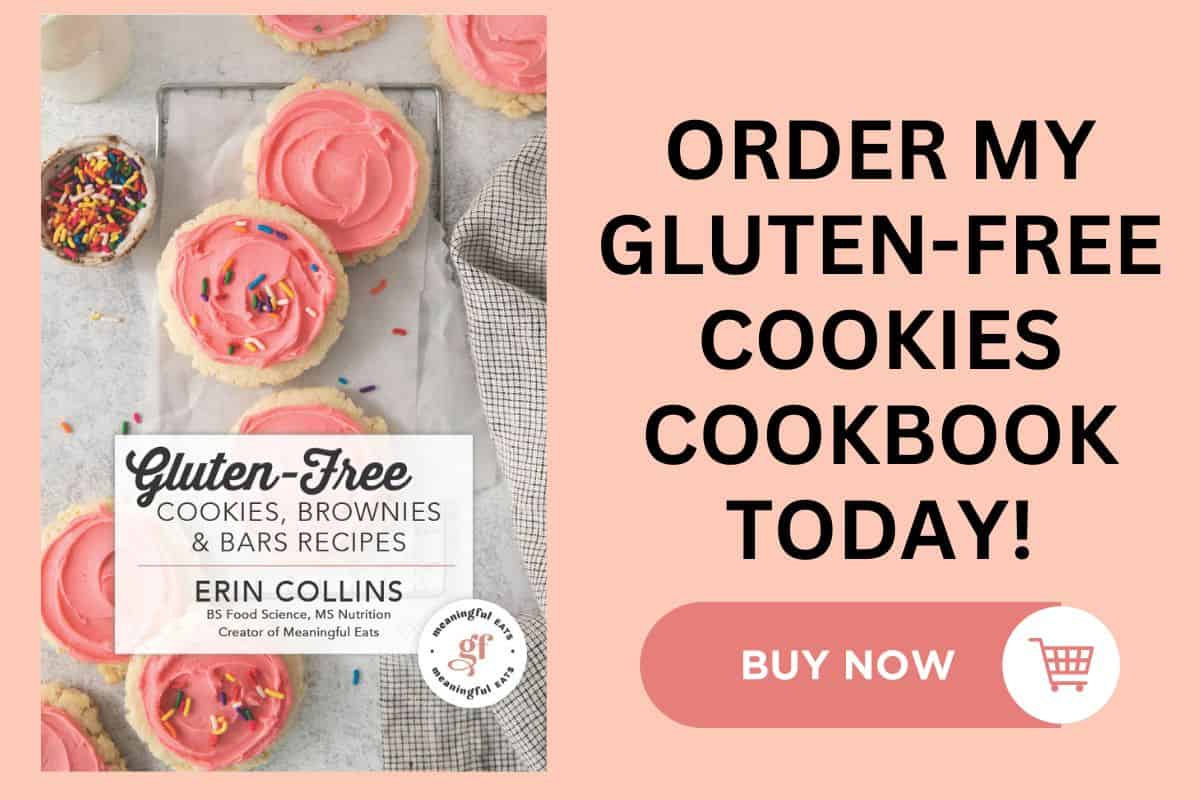Have you ever wondered if yeast is gluten-free? You are not the only one. The answer depends on few things, so keep reading to get the answer!
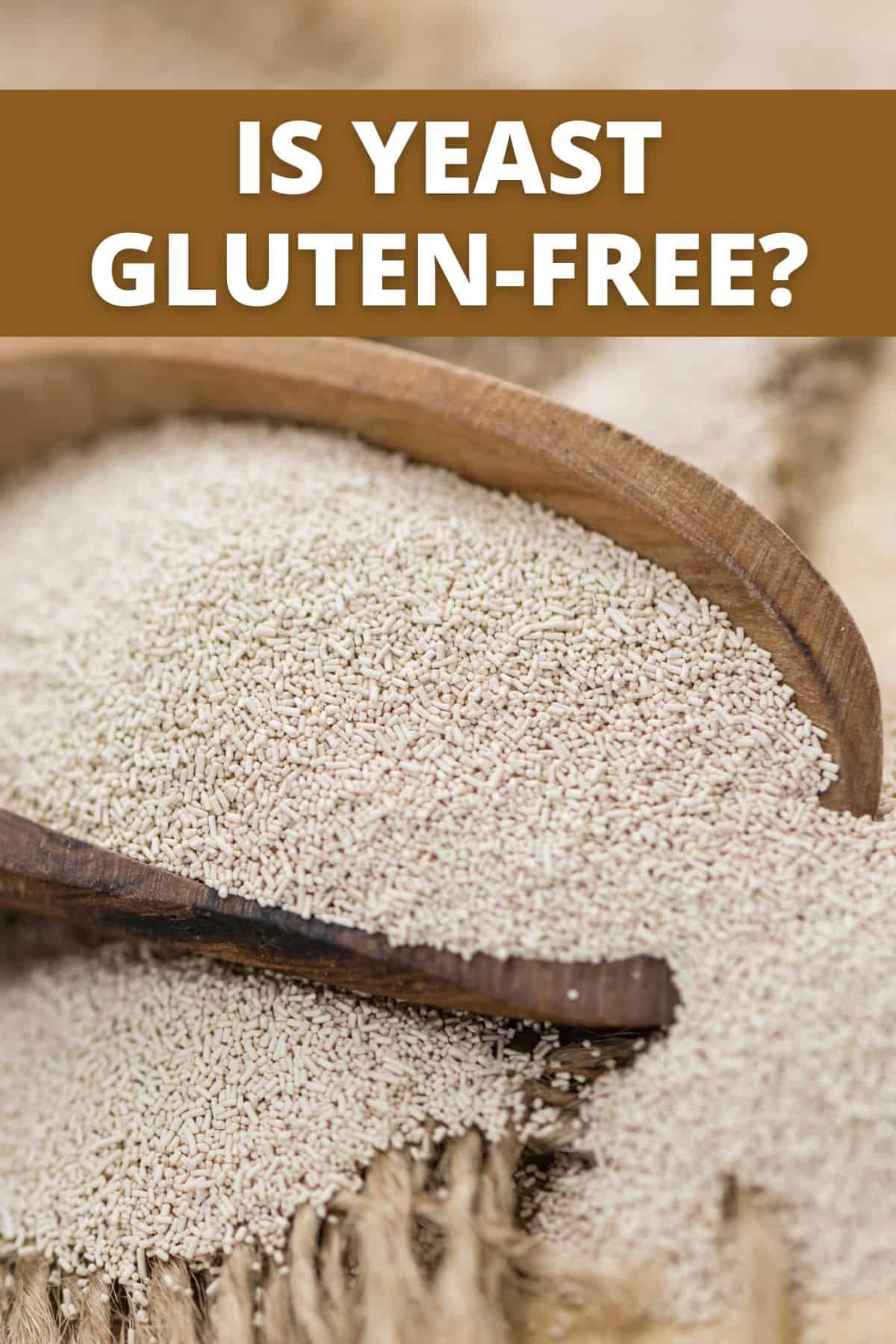
Yeast is typically known for being apart of the bread making process. It is also known to be apart of brewing and wine making. If you have celiac disease, a gluten intolerance, gluten sensitivity, or gluten allergy, you may wonder: Is yeast gluten-free?
The answer is it depends. There are many different types of yeast, some of which are gluten-free and some are not. On top of that, you also have to take into account cross contamination when it comes to manufacturing the yeast.
The most common types of yeast are gluten-free. These are bakers yeast and active dry yeast, which are both used when baking. Yeast is naturally gluten-free, so it should not be an issue, but you can never be 100% sure because of how and where yeast is packaged.
This post will go into all of the information you need to know about yeast and how it relates to a gluten-free diet, so keep reading! The answer to “is yeast gluten-free” is much more complicated than just a “yes” or “no,” so learning all of this information is important!
Quick Answer: Is Yeast Gluten-Free?
Yes, yeast is indeed gluten-free. It is naturally gluten-free and does not contain any gluten content. But, there are many different kinds of yeast and not all of them are gluten-free.
Baker’s yeast is the most common kind of yeast, as it is used in breads, and it is gluten free. Instant yeast is also gluten-free.
Yeast extract is sometimes gluten-free, depending on how it is processed and which company processes it. Sometimes there is barely in yeast extract, keeping it from being gluten-free. If you do not see gluten free on yeast extract, you should stay away from it.
Brewer’s yeast is not gluten-free, unless it says so on the label. This yeast is a byproduct from making beer, which uses barley. Spent brewer’s yeast is also not gluten-free.
For more articles, check out are snickers gluten-free, are grits gluten-free, is oat milk gluten-free, are marshmallows gluten-free, are french fries gluten-free, is naan gluten-free and is raisin bran gluten-free!
You also might like these articles on are oats gluten-free and is cornbread gluten-free.
Table of Contents
What is Yeast?
Yeast, saccharomyces cerevisiae, is a single-cell organism that is apart of the fungus kingdom. When fermented, it converts sugar and starch into carbon dioxide and alcohol. Carbon dioxide helps baked good rise.
To grow, yeast needs to eat and digest food. When baking, the yeast will eat the sugar in the dough, creating carbon dioxide. Because the dough is sticky and stretchy, the carbon dioxide cannot get out, making the dough rise.
There are actually 1,500 species of yeast and can reproduce quickly. Yeast is not only just related to food. It can cause infections and cure infections too!
Even though it is weird to think about, yeast is alive and grows quickly. But without it, we would not be able to have breads, muffins, or any other baked good that needs to rise.
Yeast is actually a great source of nutrients as it has a lot of protein and barely any carbs (and no sugar). You will also find vitamin B, calcium, magnesium, and folate in yeast, giving you nutrients that you need.
For more articles about gluten-free ingredients, check out is brown rice gluten-free, is couscous gluten-free and is buckwheat gluten-free.
What is Yeast Used For?
Most commonly, yeast is used to bake bread. Because is is used to bake bread, you would think that it is not gluten-free, but that is not the case! There are plenty of brands of yeast that are labeled gluten-free.
The key to gluten-free baking with yeast is to use gluten-free products. For example, if you want to make gluten-free bread, you will need to use gluten-free flour. Yeast works just as well with gluten-free flour as it does with wheat flour.
Yeast is a very important ingredient when it comes to brewing beer. The yeast eats the sugar in beer, which turns into carbon dioxide and alcohol. The carbon dioxide helps carbonate beer.
You will also find yeast in kombucha and some alcoholic beverages, like wine. Soy sauce and miso are yeast based and some cereals and candies have malt, which is made with yeast.
So even though yeast is tiny, it helps produce a lot of the things we eat!
What is the Difference Between Fresh Yeast and Dry Yeast?
There are a few types of yeast: brewer’s yeast, baker’s yeast, dry yeast, fresh yeast, natural yeast, and yeast extract. All are used for baking and each has their own pros and cons. It is all dependent on what you are using the yeast for, what type of baker you are, and what is most beneficial for you.
Brewer’s yeast has a base of sugar beets and is used for producing alcoholic drinks. It is typically not gluten-free.
Baker’s yeast is sort of an umbrella term for dry yeast, fresh yeast, and natural yeast. Each use yeast to bake bread.
Dry yeast is just what is sounds like: dried up yeast. It is dried to make the yeast dormant so it can last for a long time. Dry yeast can be stored at room temperature, making it easy to always have on hand.
You will find dry yeast sold in two different forms at the grocery store: rapid rise (instant rise) and active dry yeast. Rapid rise yeast activates quickly, making it true to its name. Active yeast will take a but longer to activate, but they work the same.
Fresh yeast is a type of yeast that is made of yeast cells and is used by professional bakers. It is also called wet yeast, cake yeast, and compressed yeast. Fresh yeast is moist and active, so it must be refrigerated as it is perishable. You will find fresh yeast sold in squares.
Natural yeast is the very basic, broken down yeast. You go through the fermentation process on your own with yeast, water, and flour. People will use natural yeast over other types because they find it gives whatever they are baking a better texture.
Yeast extract, or autolyzed yeast extract, is a liquid form of yeast. It has a ton of different uses, such as flavoring foods. Yeast extract may be gluten-free, but it is always important to check the food labels to ensure there is no gluten.
Can People With Celiac Eat Yeast?
It depends. If you see that whatever yeast you are looking at is certified gluten-free, then it is okay for someone with celiac to eat.
According to the FDA, for a product to be considered gluten-free, it must contain less than 20 ppm (parts per million) of gluten. So, there is actually still a bit of gluten in the product.
If your allergy is bad enough that even a tiny hint of gluten could make you ill, it may be best to avoid yeast. It never hurts to ask your doctor either if you are nervous about a gluten exposure.
Is Yeast Gluten-Free? FAQs
You can use baking soda as a substitute, but you must pair it with an acid. Lemon juice or apple cider vinegar are good options. You can also use baking powder. When it interacts with heat, it quickly rises, so baking powder works well with pancakes, biscuits, and other quick types of bread. Sourdough starter also works well because it has yeast in it.
After yeast is exposed to air, it should be put in the fridge. You can also put it in the freezer, which will make it last longer. It should be stored in an air tight container.
It tastes like bread and is a bit sour. Some say it has a nutty flavor. You will not want to eat yeast on its own.
Fermenting is the chemical breakdown of a substance (in this case, yeast), which chemically changes it. Fermentation is basically taking the energy from carbs or starches to create carbon dioxide. Wine, beer, and other types of alcohol are fermented.
THE BOTTOM LINE
So, is yeast gluten-free?
It all depends on what type of yeast you are using. Some are gluten-free, like baker’s yeast, whereas some are not, like brewer’s yeast.
Gluten-free eaters should be aware of this and always check the product label before purchasing and eating. Even though mosts yeasts are gluten-free, there is always a risk of them containing barley.
Happy baking!
